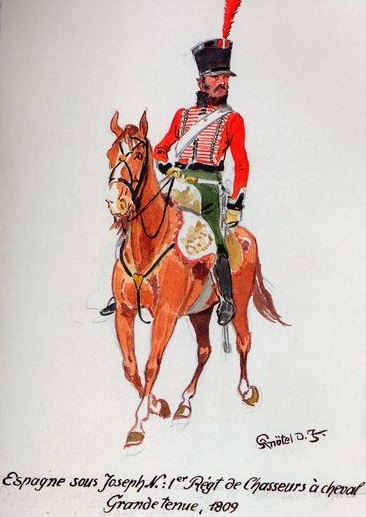The Contingents of the Ducal Houses of Saxony

The Contingents of the Ducal Houses of Saxony The Ducal Houses of Saxony are located to the west of Saxony, i.e. Central Germany The Confederation of the Rhine states ALL had military contingents they were forced to give to Napoleon. Most Confederation of the Rhine states maintained extra military units for internal service, along with some type of militia. During 1807-1810 these troops gradually shed their old Prussian-style uniforms, with their long tailed cutaway coats and black bicorne hats , to adopt this thoroughly French style. White trousers might be worn for summer, with short black gaiters . Saxe-Gotha-Altenburg Fusilier Corporal, 1812 This corporal has a French-type shako and the habit-veste . Note the white crossbelts, and his briquet scabbard behind his left leg. Saxe-Meiningen Officer, 1812 Meiningen was slower than Gotha to change uniforms, retaining some of its black leather belts for som...


